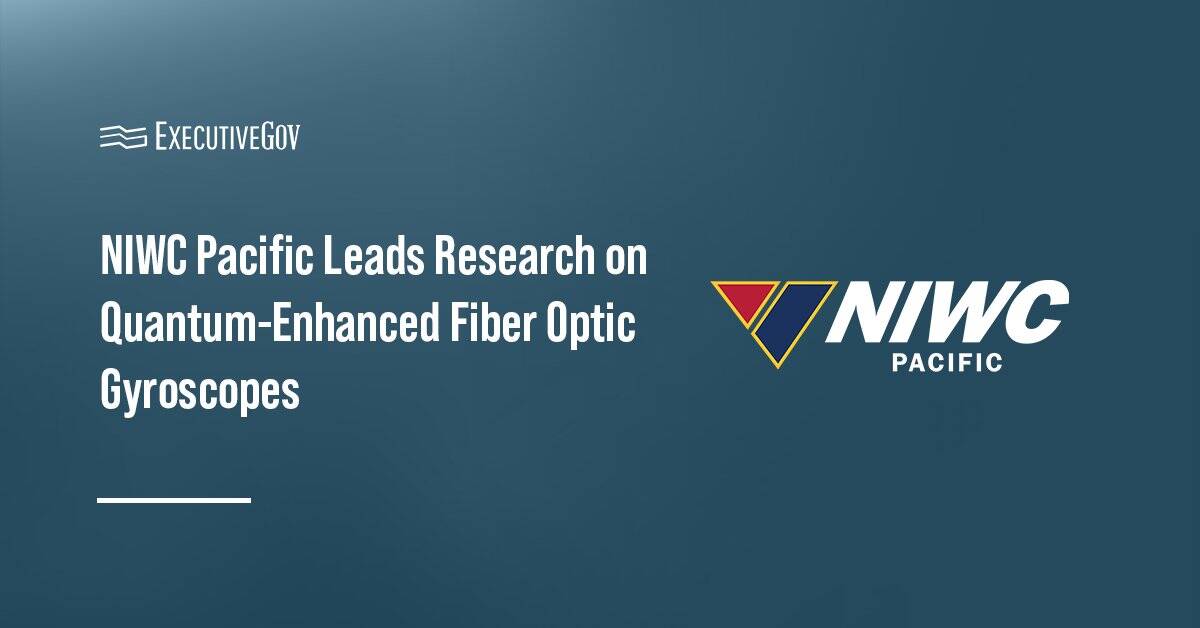The U.S. Navy has tested a new avionics computer technology that will replace the mission display processor of the branch’s T-45 jet trainer platform.
Naval Air Systems Command said Tuesday that two program offices put the Mission Computer Alternative through a flight test Monday at Patuxent River, Maryland.
The service’s PMA-209 air combat electronics program office developed the MCA system using the Hardware Open Systems Technologies framework as part of obsolescence management planning efforts.
HOST seeks to minimize the need for regular updates to mission computing hardware and software, according to NAVAIR. PMA-209 and the Naval Undergraduate Flight Training Systems program office collaborated to carry out the test.
The Navy is looking to apply the T-45 aircraft’s next mission computer for navigation performance and area navigation use.





